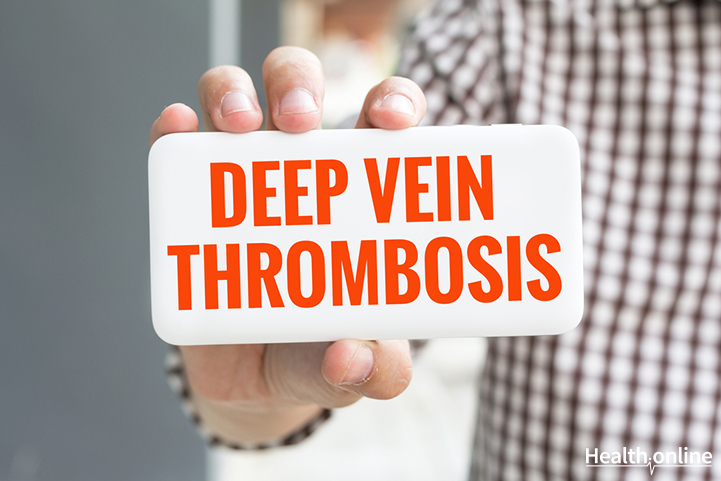
Introduction & Symptoms of Deep Venous Thrombosis (DVT)
Deep Venous Thrombosis (DVT) is a medical condition that occurs when a blood clot forms in the deep venous blood system. In many cases, these DVT’s self resolve, but in other cases the blood clot can be fatal. When a blood clot becomes fatal, it is due to the fact that the clot has become dislodged, which is called an emboli, and traveled from the deep venous system to the lungs. In the lungs, the emboli blocks blood flow and causes a pulmonary embolism.
Clots of the deep venous system predominantly occur in the deep veins of the lower extremities; though they do occur in the upper extremities as well. Wherever there is a deep vein, there is a potential for the formation of a DVT. There are certain medical conditions that may result in the development of DVTs. Patients may also experience these types of blood clots if the patient is immobile for a variety of reasons (long car ride, long airplane ride, post-surgery, etc.).
Symptoms of DVTs:
Signs and symptoms of DVTs will depend on the location of the thrombus and/or embolus. If the DVT is located in the lower extremity, then there will be swelling and often pain or tenderness in the affected leg.
Studies have shown that pain in the affected leg is not a specific symptom of DVTs, as it only occurs in approximately half of those who actually have DVTs present. Tenderness of the affected area occurs in approximately three-fourths of the patients who have DVTs. The skin will be discolored and may be red in color. The affected leg will also feel warm, and have heat to the touch.
Upon physical examination of the patient, the physician may indicate that the patient has a positive Homans sign. A positive Homans sign means that the patient experiences pain on dorsiflexion of the foot. Some of the patient populations with DVTs may have a cordlike, indurated subcutaneous venous area. This area is often tender.
If the thrombus has become dislodged and has now become an embolus; then the embolus may travel to the lungs. If the embolus becomes lodged in the lung, then the patient will experience signs and symptoms associated with lung dysfunction. The patient will be pale, diaphoretic, and short of breath. The patient may complain of chest pain that worsens with deep inspiration and/or cough, dizziness, increased heart rate, or hemoptysis. This is a medical emergency, and immediate intervention is required.
If the patient is experiencing any of these signs/symptoms, it is imperative that they are evaluated by their healthcare provider. If signs/symptoms are indicative of a pulmonary embolism, then it is a medical emergency, and the patient should proceed to the nearest emergency room immediately.




